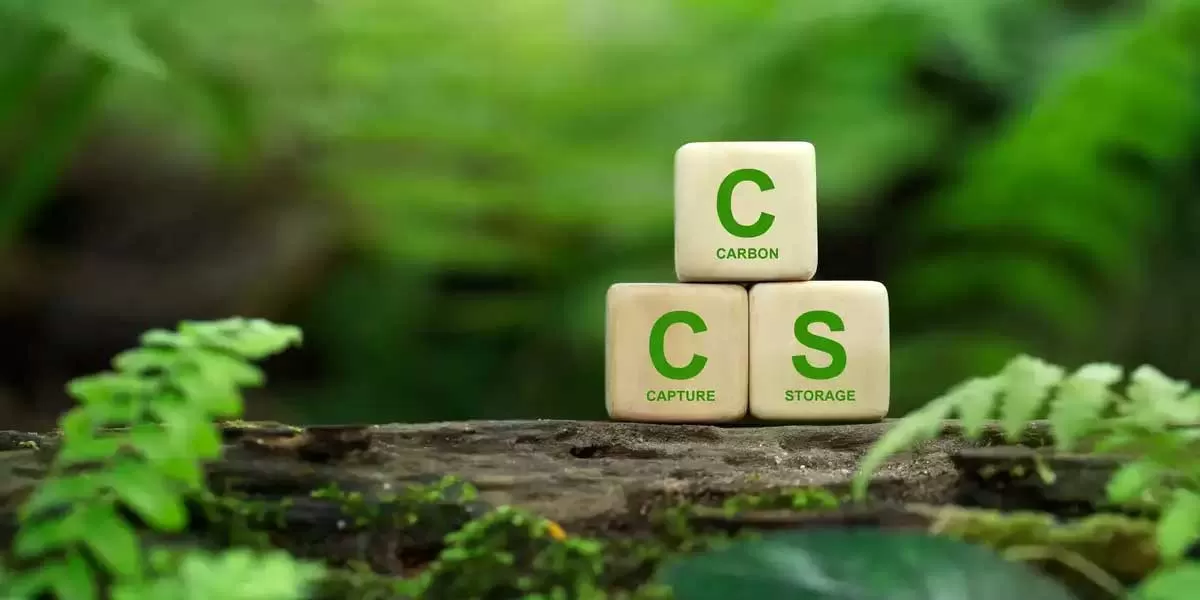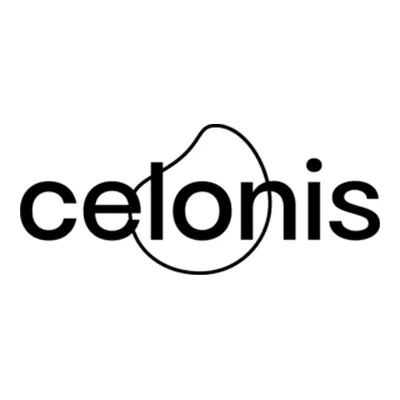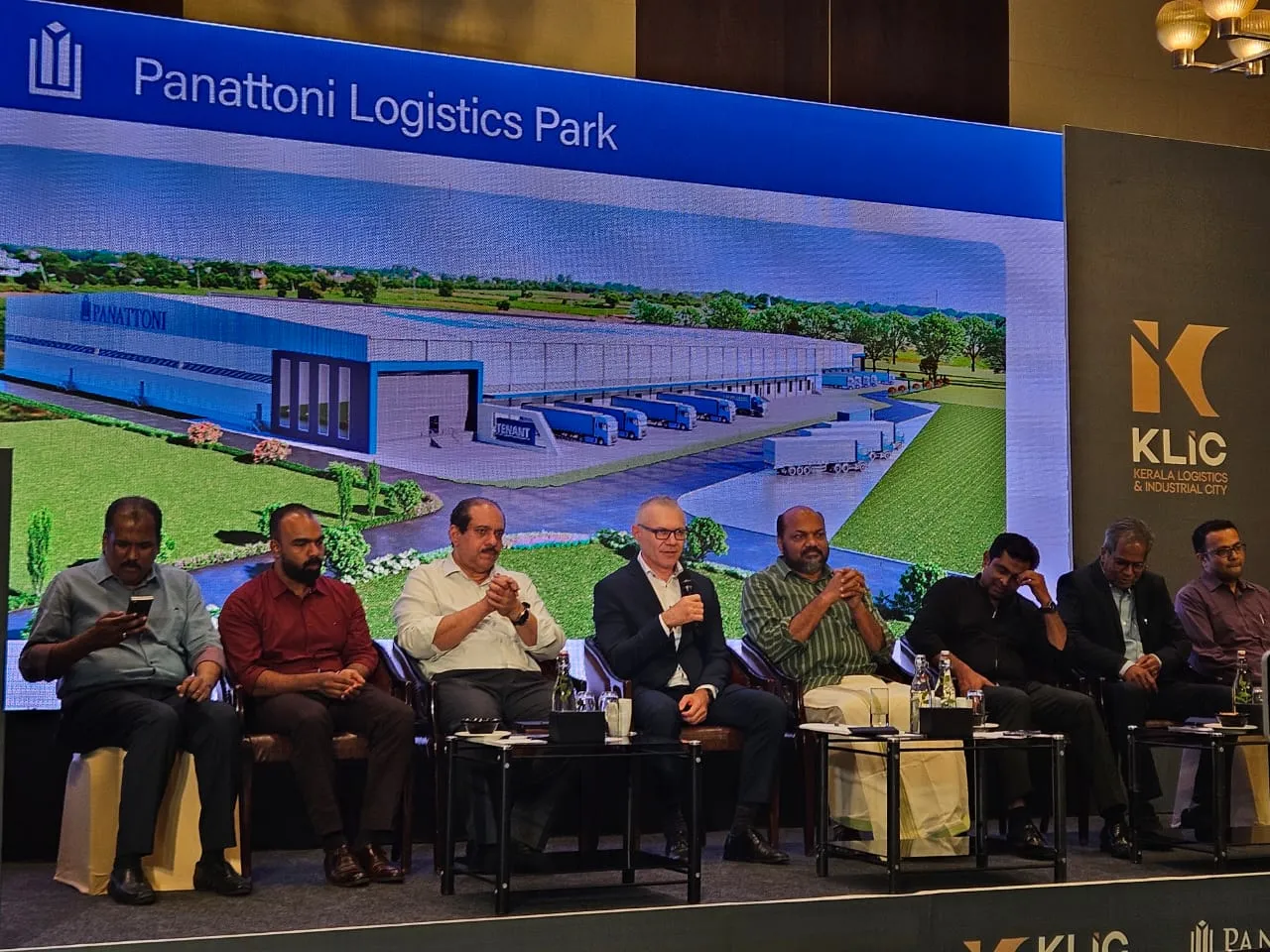
PM-STIAC Advances Carbon Capture Tech for Net Zero by 2070

M3M India Launches Gurgaon International City in NCR
M3M India, one of the country’s leading luxury and mixed-use real estate developers, has announced the launch of Gurgaon International City (GIC)—set to become the largest integrated urban development in Delhi-NCR. Spread across 150 acres, with plans to expand up to 200 acres, GIC marks M3M’s strategic entry into the integrated township segment, building on its portfolio of premium commercial spaces, office developments, and landmark luxury residences including Trump Towers and Jacob & Co. homes.The company will invest approximately ₹7,200 crore in the project, which is expected to..

Vinmar Taps Celonis to Automate Global Supply Chain Operations
Celonis, the global leader in Process Intelligence, and Vinmar International, a worldwide distributor of plastics and chemicals, unveiled at Celosphere 2025 how Vinmar has transformed its $3 billion Order-to-Cash (O2C) operation into an automated, intelligent, and highly efficient process.Previously, Vinmar’s O2C workflow relied heavily on manual coordination across teams and systems, creating complexity, logistics bottlenecks, and excessive costs—including expediting more than 20% of orders by default.By deploying the Celonis Process Intelligence Platform, Vinmar integrated real-time data..

Panattoni & Edayar Zinc Launch ₹800 Cr Industrial Park in Kerala
Global industrial real estate leader Panattoni and Kerala-based Edayar Zinc Ltd. have entered a strategic partnership to develop a cutting-edge, Grade A+ multi-client logistics and industrial park in the Edayar Industrial Area, Kochi. The project, with an investment of ₹800 crore, marks Panattoni’s entry into Kerala and will serve as the anchor development within the Kerala Logistics & Industrial City (KLIC)—a flagship initiative by Edayar Zinc Ltd. that aims to position Kochi as a gateway for global industrial and logistics investment.The agreement was formally executed on 5 Novembe..
















